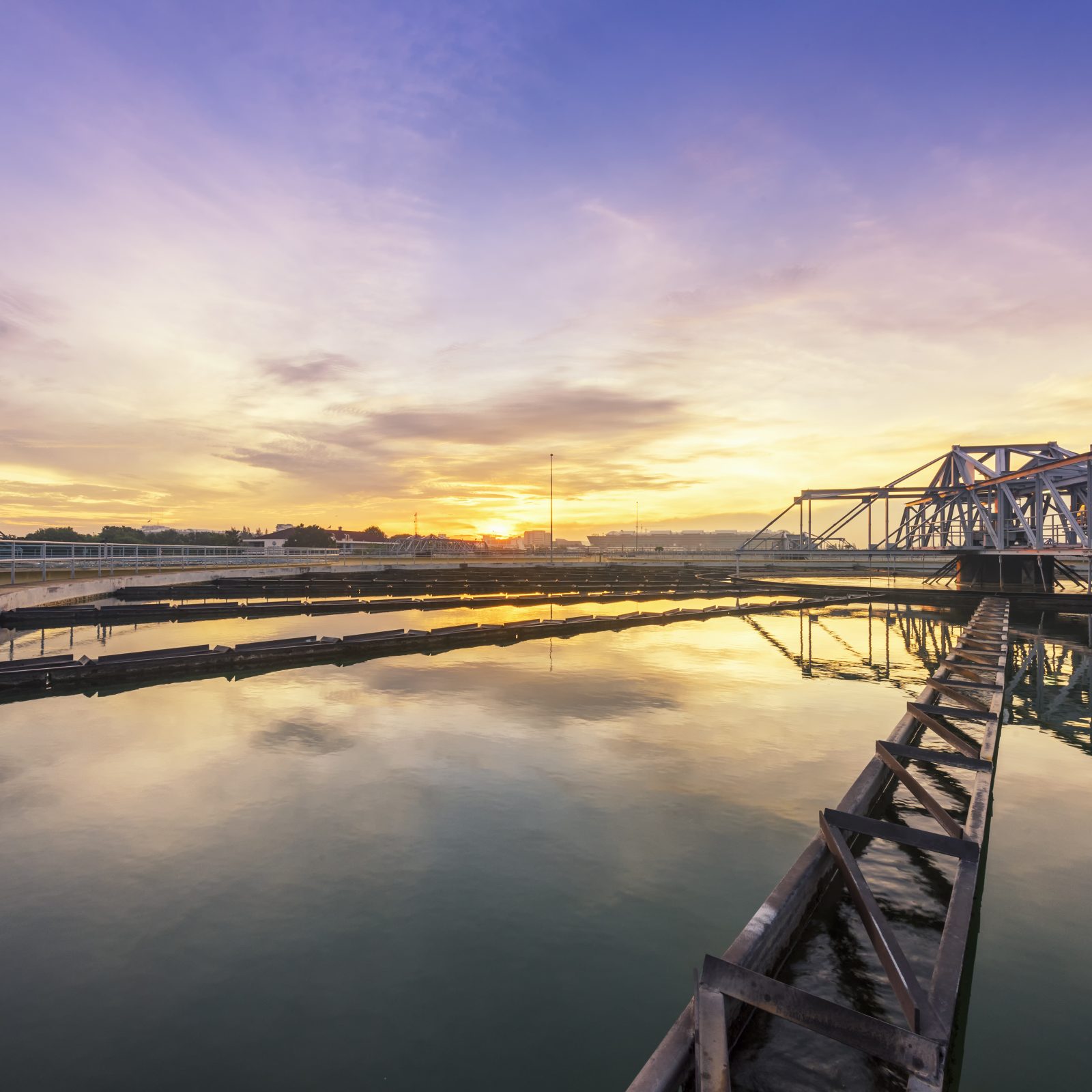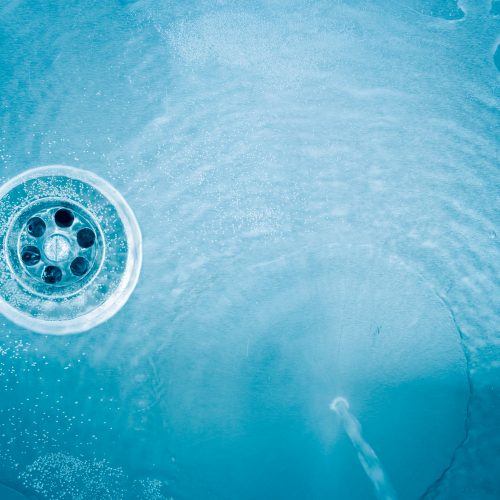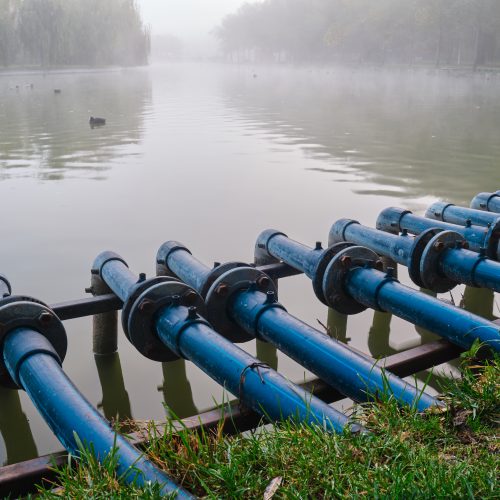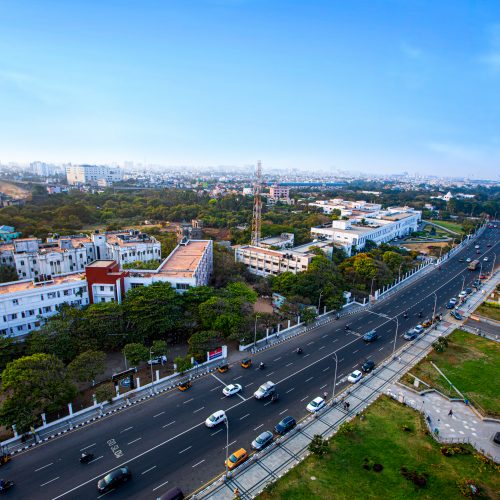Description
There is a legacy of subsidised water and wastewater tariffs in the EBRD regions – in particular for households. There is also a legacy of fixed monthly billing rather than consumption-based billing. Correct price signals are necessary to promote prudent water consumption – and tariff reforms remain a key challenge in many of the economies where the EBRD invests.
Good price signals require correct price-setting as well as good metering and billing mechanisms. Price setting should reflect all costs of extracting, treating, transporting and disposing of water and wastewater. In water-scarce areas, water tariffs should go beyond covering production and distribution costs and also reflect the foregone benefits of farmers, for example, whose productivity losses may be higher than the regular water tariff.
In addition to an adequate price level, it is also important that tariffs are set and adjusted in a predictable manner. This is to make sure that related investments, made by businesses and others, can be undertaken without unnecessary risks of price volatility. To this end, the water tariffs should be developed using a formula-based methodology and approved by an independent and capable regulator. In the absence of a national water regulator, the city authorities can help set up or improve both the relevant methodology and local regulatory authority.
Effective metering, billing and bill collection are also important to ensure true price signals for water use. Therefore, effective tariff reforms should include programmes aimed at installing or upgrading individual water meters whenever this is needed.
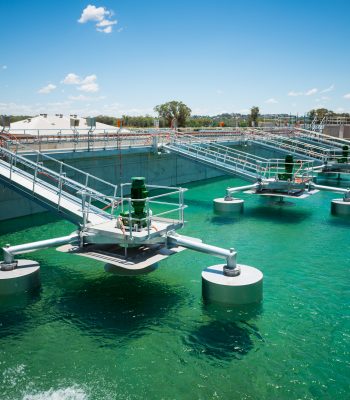
Resource implications and key requirements
Setting up the institutional capacity and operating a well-defined water tariff methodology is not too costly, but it may require strong political will to introduce tariff reforms that could be unpopular. What is costly, however, is the installation or upgrading of water meters. Installation of meters in private properties may also require access to the properties, and significant resources and cooperation with property owners will be needed to roll out new or improved water meters.
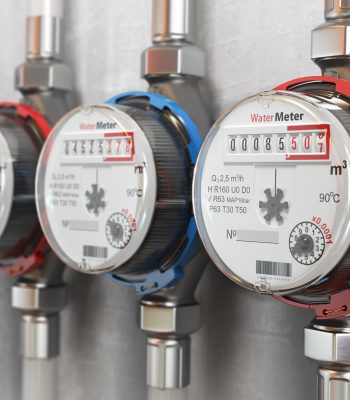
Implementation obstacles and solutions
Increased water tariffs will generally be unpopular and often difficult for low-income households to afford. The affordability problem should, however, be addressed through targeted support for the poor and not by providing subsidised water to the whole population. Installation of meters in private properties also requires access to the properties and cooperation with the property owners. To support this process, a combination of information campaigns, stakeholder consultation and price incentives to change metering arrangements would be recommended. A gradual adjustment in tariffs over several years may also be needed to obtain acceptance among the wider population.









